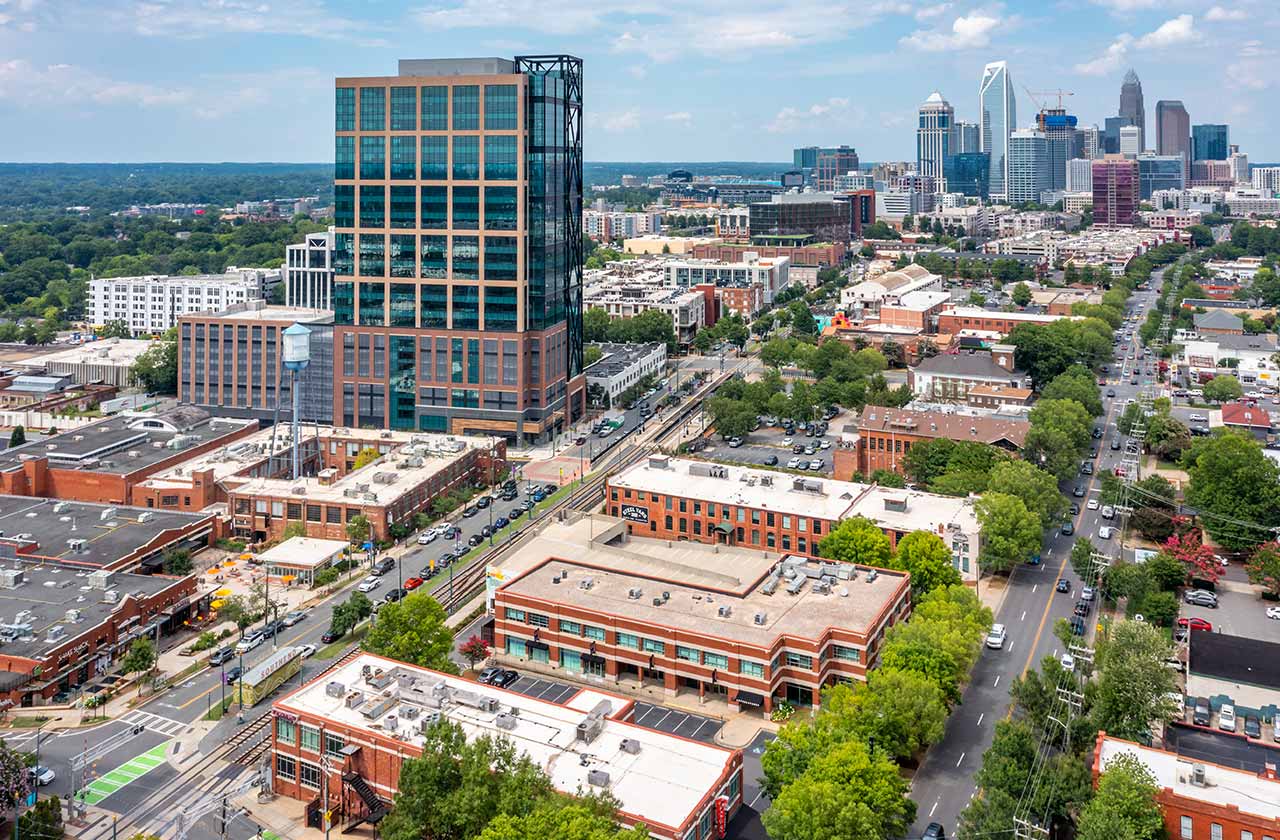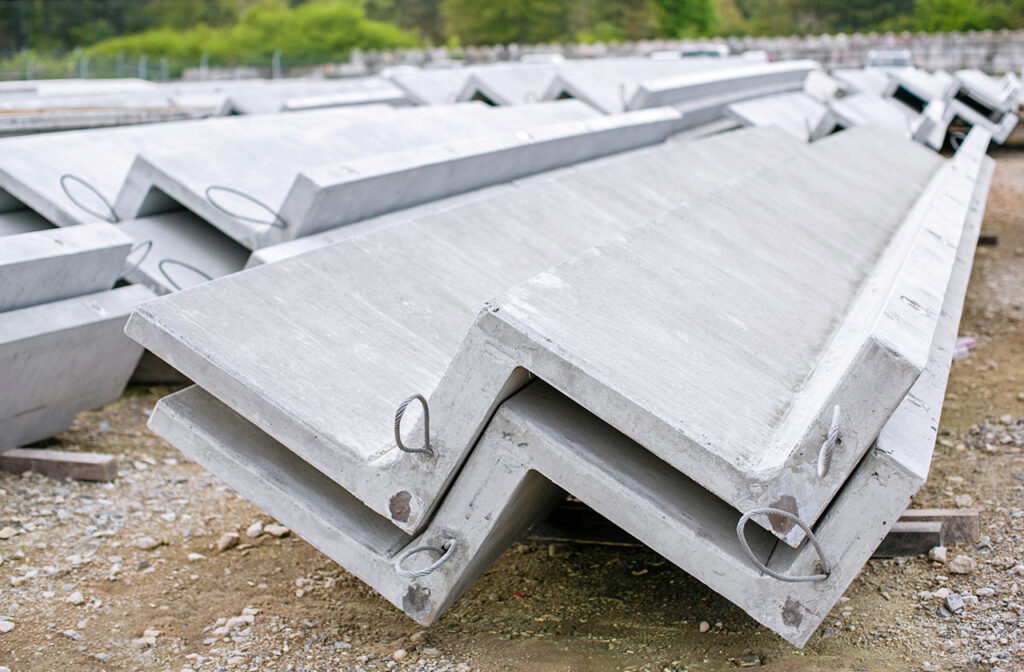Sustainability
Sustainability
Sustainable From the Start

Sustainability is meeting the needs of the present generation without compromising the needs of future generations. In other words, sustainability is our capacity to endure. As an industry. As a society. And as a people. We do this by making the most of our resources and by recycling and reusing materials whenever possible in a responsible and efficient manner.
Metromont is a leading provider of precast, prestressed concrete building systems, which offer a host of inherent sustainability benefits both during the construction process and long after the building or structure has been completed. Through thermal efficiency, recycled content, local materials, minimal waste and more, we help enhance each building’s sustainability and assist in contributing to LEED® points, Energy Star ratings, Green GlobesTM assessments and ASHRAE standards.
The embodied energy of a building is equal to all the processes associated with creating that building. From the mining of raw materials to manufacturing, transportation and installation, Metromont incorporates a number of practices in order to help minimize the embodied energy of each project we work on.
“A typical total precast building solution contains 25-35% recycled content. Of this, post-consumer content accounts for 20-25%, while pre-consumer content accounts for 5-10%.”
Offsite Manufacturing & Minimal Waste
Since precast concrete building systems are manufactured in a controlled environment, we minimize building material waste along with construction site noise and dust. Typically less than 2% waste is created and up to 95% of that waste is reclaimed and/or recycled into other products.


Water Recycling & Aggregate Reclaiming
Recycling of all concrete slurry water and reclaiming of aggregates is becoming common in concrete manufacturing facilities. Metromont is leading the way in the concrete industry with one of the world’s largest recycling and reclaiming processes at our Greenville, Hiram, Richmond and Florida manufacturing facilities. In one plant alone, we recycle approximately 6.3 million gallons of water per year. This commitment to sustainable manufacturing is not only saving a precious resource, it has decreased our water bill by more than 70%.
Local & Regional Materials
In the regional markets we serve, typically 80-90% of the materials are extracted, manufactured, delivered and installed within 100 – 500 miles of all project sites.


Reduced Materials
Integrated design allows for a substantial reduction in material consumption and use. For example, a full bed depth brick utilizes five times the raw material of thin brick. By using non-corrosive C-GRID® carbon fiber reinforcing in our Double Tees, we reduce weight by up to 8%. Additionally, perimeter steel columns and fire proofing can be eliminated by utilizing the load carrying capacity of a fully composite, thermal efficient precast wall panel. The integrated design utilizes less material, costs less, is extremely durable and it can provide aesthetically pleasing architecture.
Materials with Recycled Content
Numerous materials with recycled content are used in precast concrete components. From rebar and steel mesh, to form liners, insulation and fly ash. Fly ash is the waste by-product of burning coal in electrical power plants. Generally, 15-20% of burned coal takes the form of fly ash. At one time, most fly ash was landfilled, but today a significant portion is used in concrete. Metromont incorporates 15-35% of fly ash in most structural products if allowed by specifications.

The Bottom Line
Everyone has their own unique set of motivations for incorporating sustainability into their buildings. Some are following codes. Others are following trends. While others still are leading the way for new and innovative initiatives. One thing connects them all, and that’s the appreciation of the significant cost benefits that can be achieved across the life cycle of the building. Much of this savings comes from the fact that concrete has the ability to store energy and dampen the effect of temperature change on heating and cooling systems. This is known as Thermal Mass Effect. The cost benefits to owners include:
- Long-term energy savings – less energy to heat or cool a structure
- Smaller investment in HVAC equipment
- Off-peak energy used due to lag in peak demand
When you consider that 65% of the electricity generated in the U.S. is used to heat, cool and operate buildings, and that 30% of greenhouse gas emissions are from buildings, this reduction has a significant financial and environmental impact.
Let's Discuss Your Project
We’d love to discuss your project and show you how Metromont can give you an edge in design, materials, schedule, and budget. Contact us today to get the conversation started.




